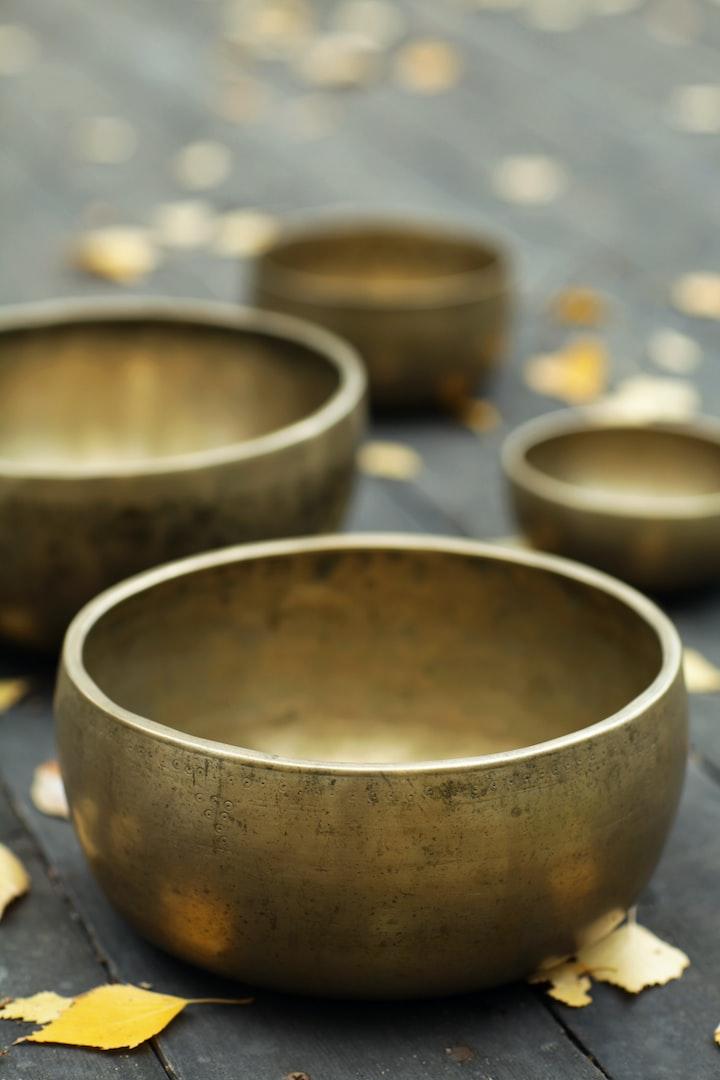The body is an amazing thing and has many ways of healing itself. When we get a cut or scrape, our first instinct is to put a bandage on it to keep the wound clean and protected. However, there are many things that you can do to help your wounds heal faster.
Some simple tips are to keep the wound clean and dry, use a sterile bandage if possible, and avoid picking at the scab. You can also try using honey or Aloe Vera on the wound as these have antibacterial properties which can help to prevent infection. If the wound is more serious, you may need to see a doctor for stitches or other treatment.
In general, it is important to remember that everyone heals differently so don’t compare your healing process to others. Just focus on taking care of yourself and following any medical advice from your healthcare team. With time and proper care, most wounds will eventually heal!
Clean your wound
Wash your hands with soap and water before and after caring for your wound. Apply pressure: Use a clean cloth to apply pressure to bleeding wounds. Elevate the wound: Raise the level of the wound above your heart, if possible, to reduce swelling.
How To Clean A Wound
It is important to keep wounds clean to prevent infection. The best way to clean a wound is with running water and mild soap. You can also use an alcohol-based hand sanitizer if running water is not available. Avoid using hydrogen peroxide or iodine as these can actually delay healing time by damaging tissue cells. Apply gentle pressure with a clean cloth if the wound is still bleeding, elevation will also help reduce swelling.
Apply a Wound Healing Ointment
A wound healing ointment can speed up the healing process of wounds by keeping them moist and protecting them from infection. There are many different types of wound healing ointments available, so it is important to choose one that is right for your particular wound.
Wound healing ointments typically contain ingredients that help to promote cell growth and repair, as well as kill bacteria. Some common ingredients include silver sulfadiazine, chlorhexidine gluconate, and bacitracin zinc. Wound healing ointments can be applied directly to the wound or used in conjunction with a dressing.
If you are using a dressing with your wound healing ointment, be sure to change the dressing regularly according to the manufacturer’s instructions. This will help to keep the wound clean and prevent infection. It is also important to keep the area around the wound clean and dry.
In most cases, wounds will heal within a few weeks with proper care. However, more severe wounds may take longer to heal. If you have any concerns about your wound or its appearance, be sure to see your doctor for further evaluation and treatment..
Reapply fresh plasters
There are a number of different types of plasters available, including:
1. Adhesive Plaster: This type of plaster is made up of an adhesive material which helps it stick to the skin. Adhesive plasters are available in different sizes and shapes and can be cut to fit the injury site. They are typically used for small wounds and cuts.
2. Elastic Plaster: Elastic plaster is made up of an elastic material which allows it to stretch and move with the body while still providing support to the injury site. Elastic plasters are available in different sizes and shapes and can be cut to fit the injury site. They are typically used for larger wounds or injuries that require more movement.
3, Rigid Plaster: Rigid plaster is made up of a rigid material which does not allow it to stretch or move with the body. Rigid plasters are available in different sizes and shapes but can not be cut to fit the injury site like adhesive or elastic plasters can be.. They are typically used for larger wounds or injuries that require more support than what an adhesive or elastic plaster can provide..4, Hydroactive Plaster: Hydroactive plaster contains a gel that reacts with moisture in order .
